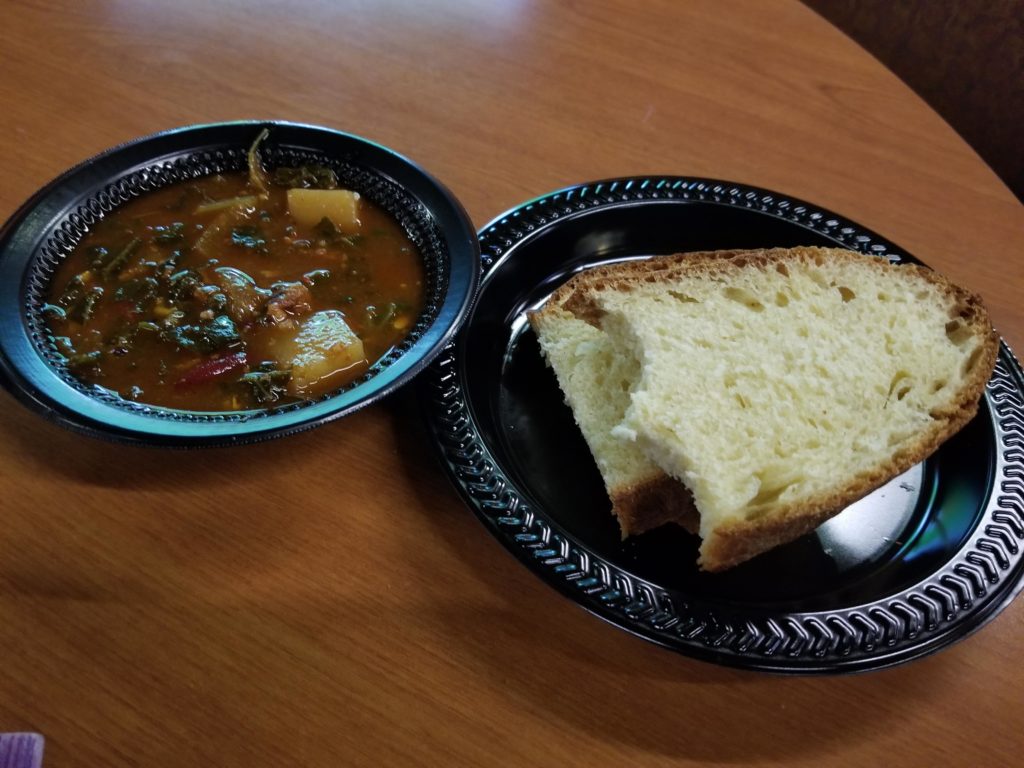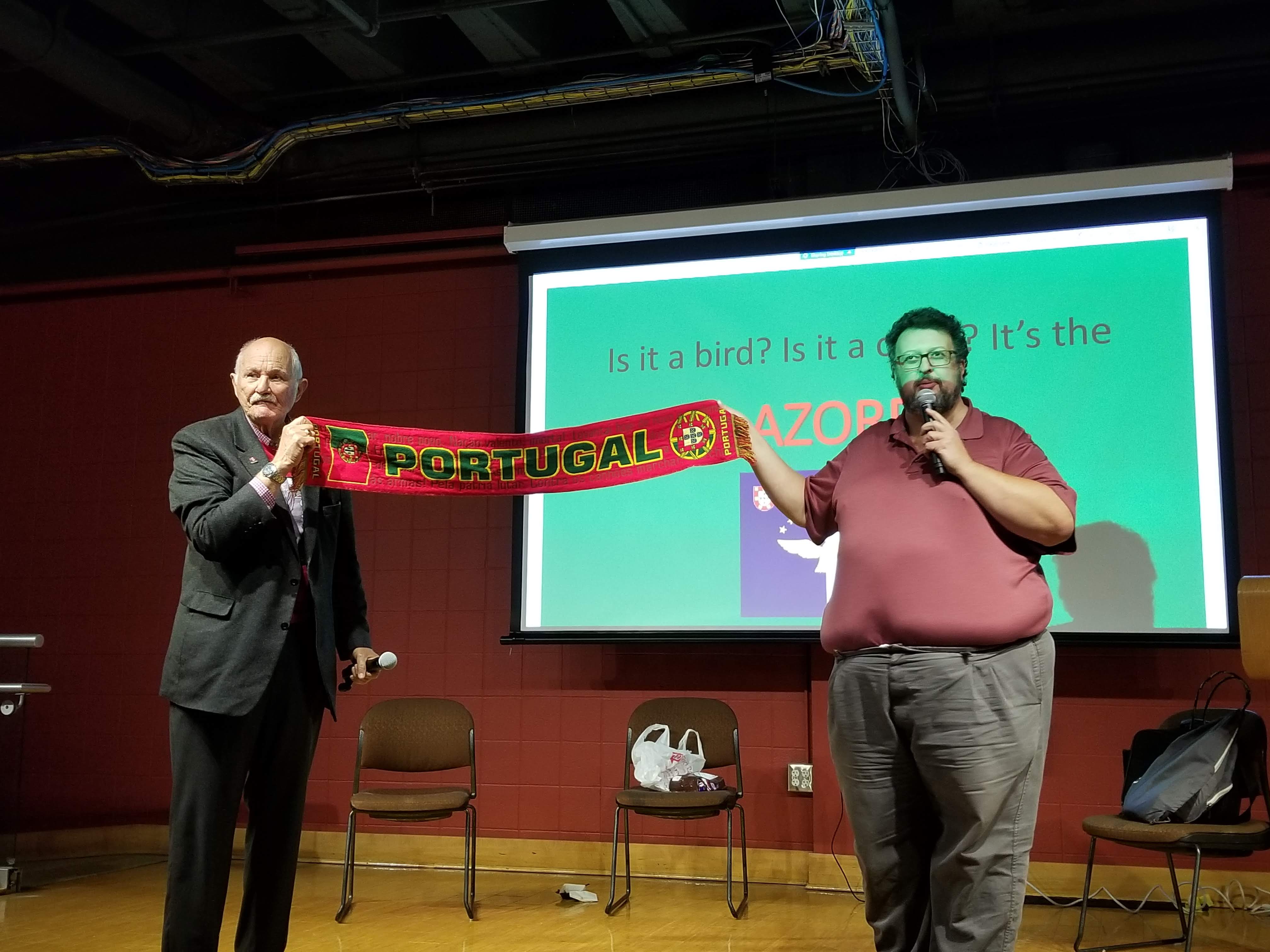On Wednesday, Oct. 23, Sinclair’s International Committee shared the underappreciated beauty and history of Azores to the campus community as part of the International Series. Paul Carbonaro and Laurel Mayer hosted the discussion.
The Portuguese first discovered the Azores. They were the first European sailors to circumnavigate Africa. In the 1400s, maps were state secrets and the way sailors were able to find islands was by seeing birds circling the land. In 1427, sailors witnessed goshawks circling the nine islands that would then be known as the Azores.
Goshawk is “açor” in Portuguese with the plural being “açores” thus resulting in the islands being named the Azores.
While the Azores is not a place commonly spoken of in regards to people’s destination goals, it is nothing short of desirable. Mayer, one of the presenters, has visited the islands twice and shared many photos from his most recent visit with the crowd.
Related Articles
- Understanding Africa: Correcting the Continent’s Misconceptions
- Local Business Spotlight: Luna Gifts and Botanicals

He spoke of how the villages and cities are very well connected by a network of roads. Many roads are made of tile. It is part of Portuguese tradition to abundantly use tile for both decorative and practical purposes. Along these roads, one can frequently see green crosses representing pharmacies, with many of them being open 24 hours.
Plenty of cruise ships come to the Azores and there are flights out of Boston, Massachusetts, to the Azores every day.
São Miguel is the largest of the nine islands. Hydrangeas flowers flourish on the island and the volcanic soil helps plants grow. On the smaller island, Terceira, dairy cows roam free and there are nearly more cows than people.
On Sundays on Terceira, roads are taken over by people as they all walk to church. Faith is very big on this island for a couple different reasons. Immense geographic isolation, tectonic vulnerability, political isolation and susceptibility to natural disasters all play into the residents’ reliance on faith as a unifying force.
Terceira contains hot springs which they deem swimming pools. The springs are very deep and volcanic.
On one of the other islands, Pico, volcanic rock walls are used to protect the plentiful grapevines. Whaling used to be very common on Pico but is now outlawed. A set of three whaling houses from the 19th century were converted into the Whaling Museum, educating visitors of the tradition and history of the practice.

At the start of the presentation, few attendees raised their hands when asked if they had heard of Azores. However, at the end of the presentation, the amount of people who raised their hands when asked if they would like to visit the Azores at some point showed a significant increase.
For those interested in other presentations such as this, Sinclair’s complete calendar of events lists the remaining installments of the International Series.
Hannah Shafer
Reporter


